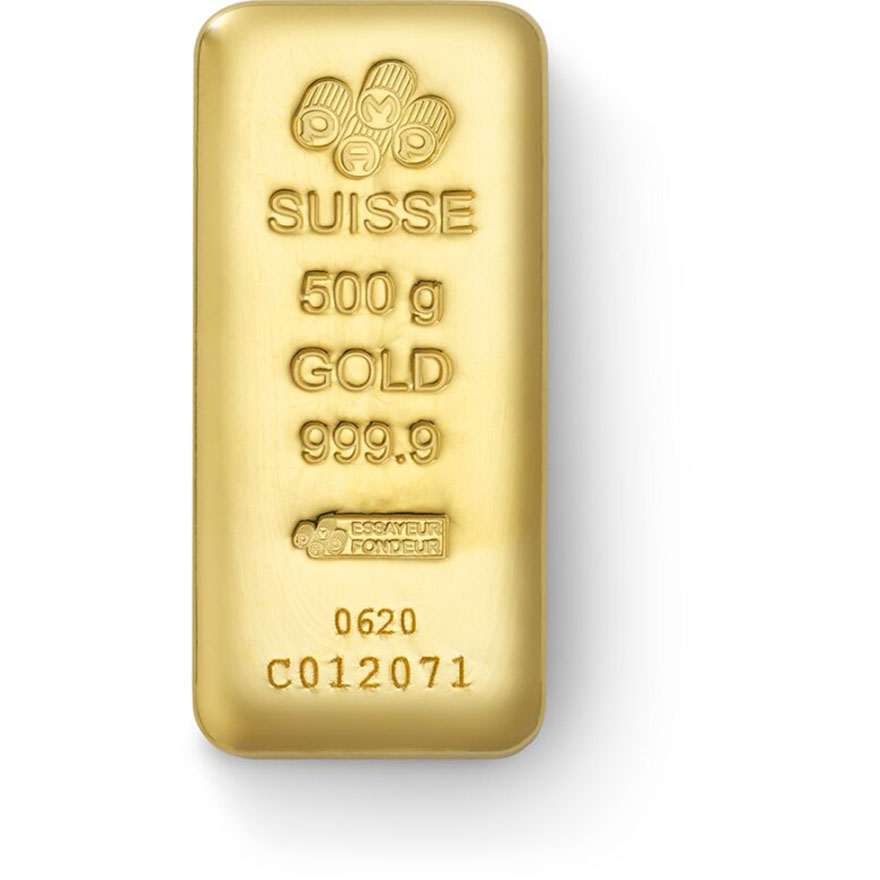About 500g Gold Bar Pamp
Gold bars have captured the human imagination since they were first refined before the Roman era. During this time, molten gold was poured into what were likely clay moulds and the bars themselves were made of various shapes and sizes that were unlike the gold bars we would recognise today. In time, the purification process improved, something perfected during the Roman era.
During the various gold rushes of the 19th century, particularly in the U.S. Canada and Australia, gold became more ubiquitous, but this did not diminish the value of the gold bar, nor its hold on our attention, and subsequent discoveries in South America and Africa only managed to increase its value.
Standardisation of gold bar weights became an important development in gold bar production and in the 18th century the 400oz bar was the most popular form in the UK, something that soon spread to the rest of the world. 200oz bars soon followed and the practice of standardisation soon lead to the weights that we see in the trade today. Today the most ubiquitous gold bar weights range from 0.3g to 1kg, but the original 400oz bar remains the standard weight by which gold bars are internationally traded.
In the trade, gold is actually measured by troy ounces, each one of which are just over 31 grams. This does not refer to the purity of the gold bar, however. There are a few ways in which gold purity is measured, the most commonly used is karats (or carats), but purity can be referred to as “% gold” or “Fine gold”. Regarding karats, purest gold is 24 karats, 23 karats refers to just over 96% pure gold and so on. It is essential to buy gold from a reputable vendor, particularly regarding gold found in other forms than government minted coins, as purity can be impaired.
Specification
| Gold Content | 16.074 oz |
|---|---|
| Min. Gross Weight | 500 g |
| Purity | 0.9999 |


